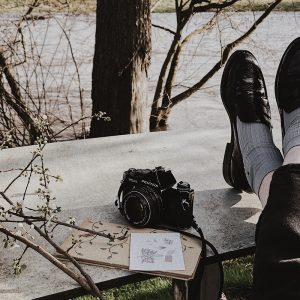It’s better to do a little bit at a time, rather than everything at once. Three tips for taking the first step in this.
Pleasure Hormone
One advantage is that each time we finish a task we are rewarded by
a dose of dopamine. Each step we complete feels like a triumph and will trigger this ‘pleasure hormone’. This has an important evolutionary purpose: It gives us energy and the motivation to keep going. When our ancestors, for example, went looking for a water source, the success of their quest would give them successive hits of dopamine—one for each clue they found pointing to a water source,
for detecting the sound of water streaming, and so on.
Bird by Bird
John Perry, professor of philosophy emeritus at Stanford University, US, quotes American writer Anne Lamott in his book The Art of Procrastination: ‘Thirty years ago my older brother, who was ten years old at the time, was trying to get a report on birds written that he’d had three months to write, which was due the next day… He was at the kitchen table close to tears, surrounded by binder paper and pencils and unopened books on birds, immobilized by the hugeness of the task ahead. Then my father sat down beside him, put his arm around my brother’s shoulder, and said, “Bird by bird, buddy. Just take it bird by bird”.’
All Beginnings Are hard
Why is it so difficult to take that first step? According to Robert Maurer, director of Behavioral Sciences for the Family Practice Residency Program at Santa Monica UCLA Medical Center and a faculty member with the UCLA School of Medicine, in the US, it has to do with fear. When you take on a challenge it means you have to leave your safe routine behind. The amygdala in your brain, which likes tranquility, clarity and predictability (as these are good for survival) sets off an alarm, which feels like a block to you. Maurer says you can get around this by taking small steps: “Setting yourself targets that are easy to reach, like meditating for five minutes each day or clearing away only one of the stacks on your desk, allows you to sneak by your amygdala on tippy toes so that it doesn’t set off an alarm.”
- The complete story ‘Little steps, big leaps’ and three other tips can be found in Issue 23.
Text Otje van der Lelij Photography Ales Krivec/Unsplash.com














